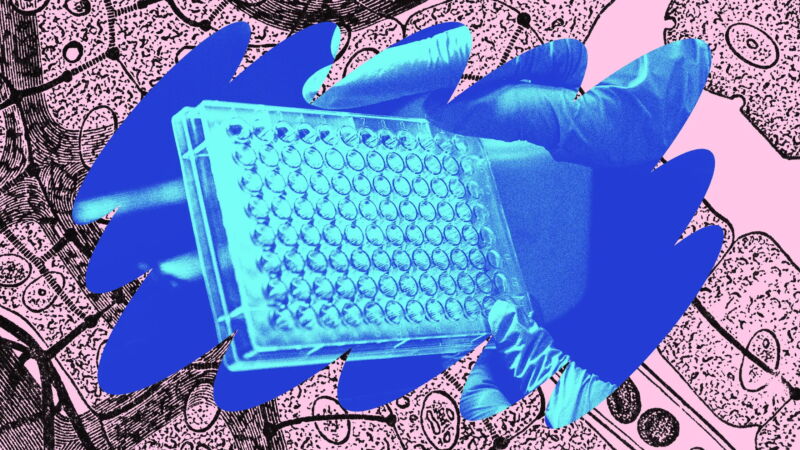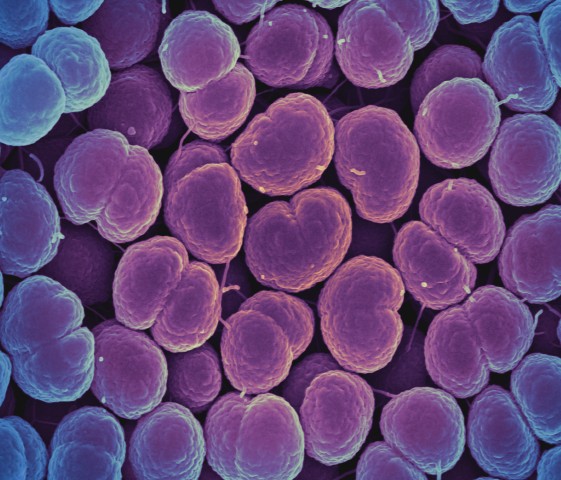-
 chevron_right
chevron_right
Super gonorrhea rate quickly triples in China, now 40x higher than US
news.movim.eu / ArsTechnica · Thursday, 28 March - 18:12 · 1 minute

Enlarge / A billboard from the AIDS Healthcare Foundation is seen on Sunset Boulevard in Hollywood, California, on May 29, 2018, warning of a drug-resistant gonorrhea. (credit: Getty | )
Health officials have long warned that gonorrhea is becoming more and more resistant to all the antibiotic drugs we have to fight it. Last year, the US reached a grim landmark : For the first time, two unrelated people in Massachusetts were found to have gonorrhea infections with complete or reduced susceptibility to every drug in our arsenal, including the frontline drug ceftriaxone. Luckily, they were still able to be cured with high-dose injections of ceftriaxone. But, as the US Centers for Disease Control and Prevention bluntly notes: "Little now stands between us and untreatable gonorrhea."
If public health alarm bells could somehow hit a higher pitch, a study published Thursday from researchers in China would certainly accomplish it. The study surveyed gonorrhea bacterial isolates— Neisseria gonorrhoeae —from around the country and found that the prevalence of ceftriaxone-resistant isolates nearly tripled between 2017 and 2021. Ceftriaxone-resistant strains made up roughly 8 percent of the nearly 3,000 bacterial isolates collected from gonorrhea infections in 2022. That's up from just under 3 percent in 2017. The study appears in the CDC's Morbidity and Mortality Weekly Report.
While those single-digit percentages may seem low, compared to other countries they're extremely high. In the US, for instance, the prevalence of ceftriaxone-resistant strains never went above 0.2 percent between 2017 and 2021 , according to the CDC. In Canada, ceftriaxone-resistance was stable at 0.6 percent between 2017 and 2021. The United Kingdom had a prevalence of 0.21 percent in 2022.



